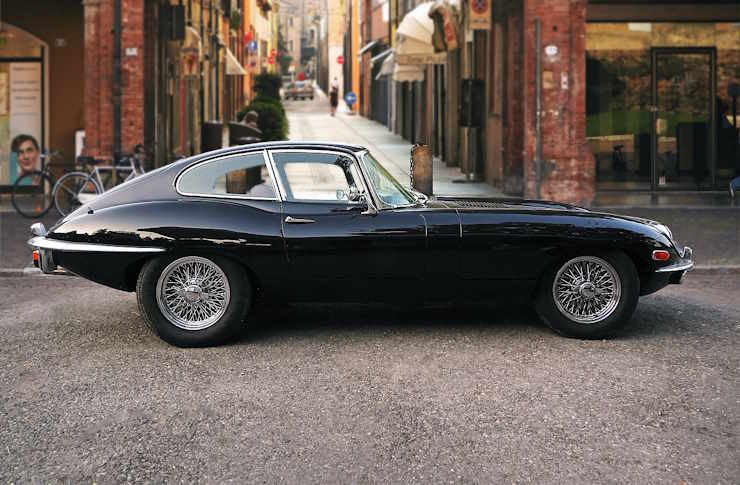Shifting Gears: The Rise of Continuously Variable Transmissions in Today's Automotive Landscape
Imagine seamless shifting, with no jerking or lurching forward - a constant and smooth acceleration. This is the experience a Continuously Variable Transmission (CVT) brings to your driving. In this article, we delve into the world of CVTs, exploring their history, how they work, and why they are increasingly becoming the transmission of choice in modern vehicles.

The History and Evolution of CVTs
The concept of a CVT is not a new one. Leonardo da Vinci first proposed the idea in the late 15th century. However, it wasn’t until the late 20th century that this technology began to take hold in the automotive industry. Early CVTs faced reliability and durability issues, but continuous advancements have led to significant improvements, making them a viable option for modern vehicles.
How CVTs Work: A Technical Insight
Unlike traditional automatic or manual transmissions, which have a set number of ‘gears,’ a CVT can seamlessly shift through an infinite number of effective gear ratios. This is possible due to a pair of pulleys and a belt that adjust their position to create different diameters, effectively changing the gear ratio. This mechanism allows for smoother and more efficient driving.
CVTs and the Modern Automotive Industry
Today, CVTs are becoming increasingly popular in the automotive industry. They offer several advantages, including better fuel efficiency and a smoother driving experience. Many modern vehicles, especially those in the compact and subcompact categories, now come with CVTs as standard.
The Impact of CVTs: Benefits and Challenges
The primary advantage of CVTs is their efficiency. By continuously adjusting the gear ratio, a CVT can keep the engine at its most efficient RPM for a range of vehicle speeds. However, CVTs are not without their challenges. Some drivers find the continuous drone of a CVT-equipped vehicle unappealing, and early CVTs were known for their limited lifespan. However, advancements in technology have mitigated these issues to a great extent.
CVTs in the Future Automotive Landscape
With the current trend towards efficiency and smooth driving experiences, the popularity of CVTs is likely to continue growing. Although they may not replace traditional transmissions completely, they are set to play a significant role in the future of the automotive industry. As technology continues to evolve, it will be interesting to see how CVTs further transform our driving experience.




